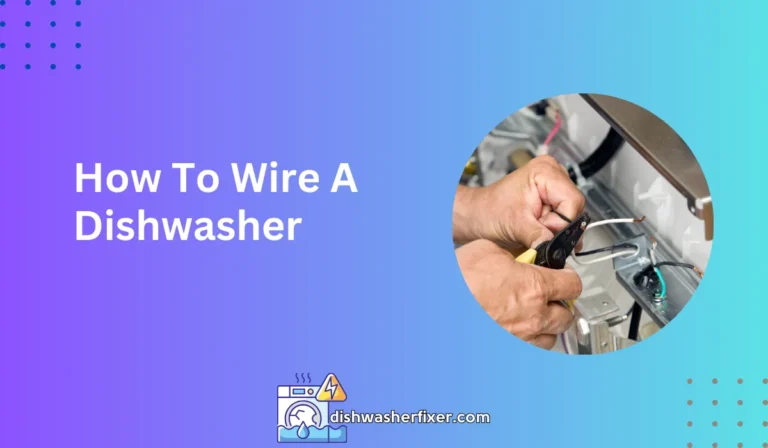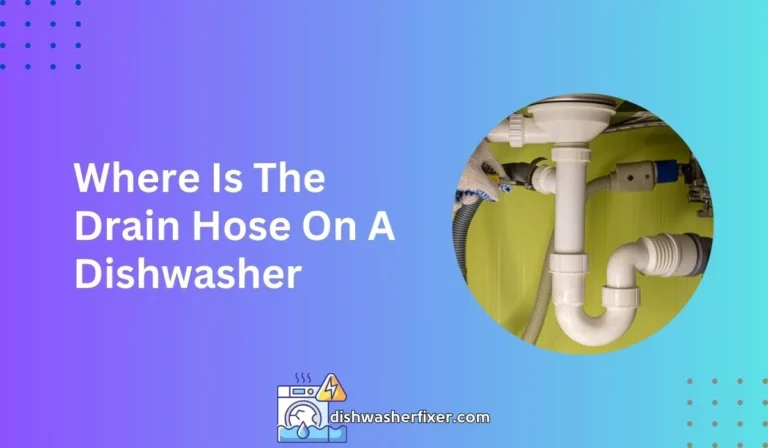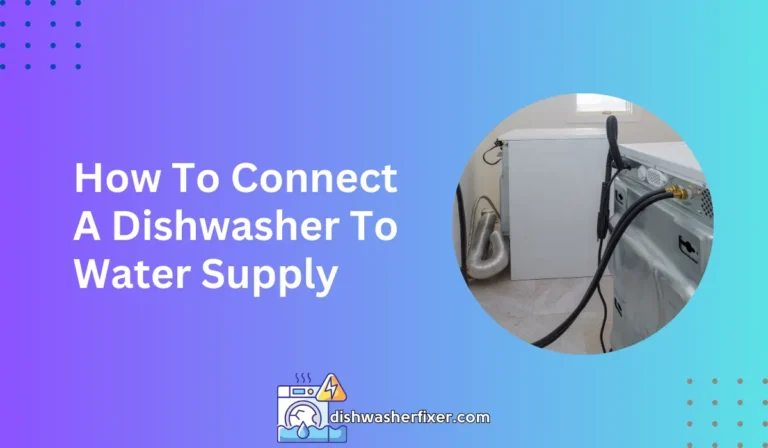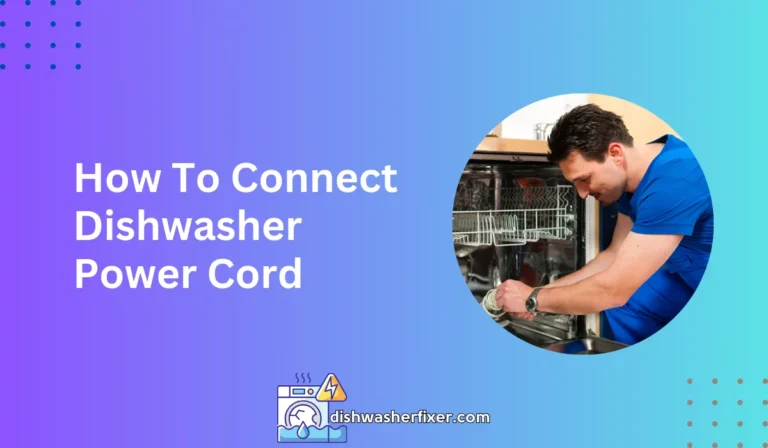Do Dishwasher Need Air Gap? Essential Plumbing Insights
Dishwashers typically require an air gap to prevent dirty water from siphoning back into the clean water supply. This is a critical component in many plumbing codes. However, alternatives like high-loop installations may be acceptable where air gaps are not mandated.
Understanding Dishwasher Air Gaps
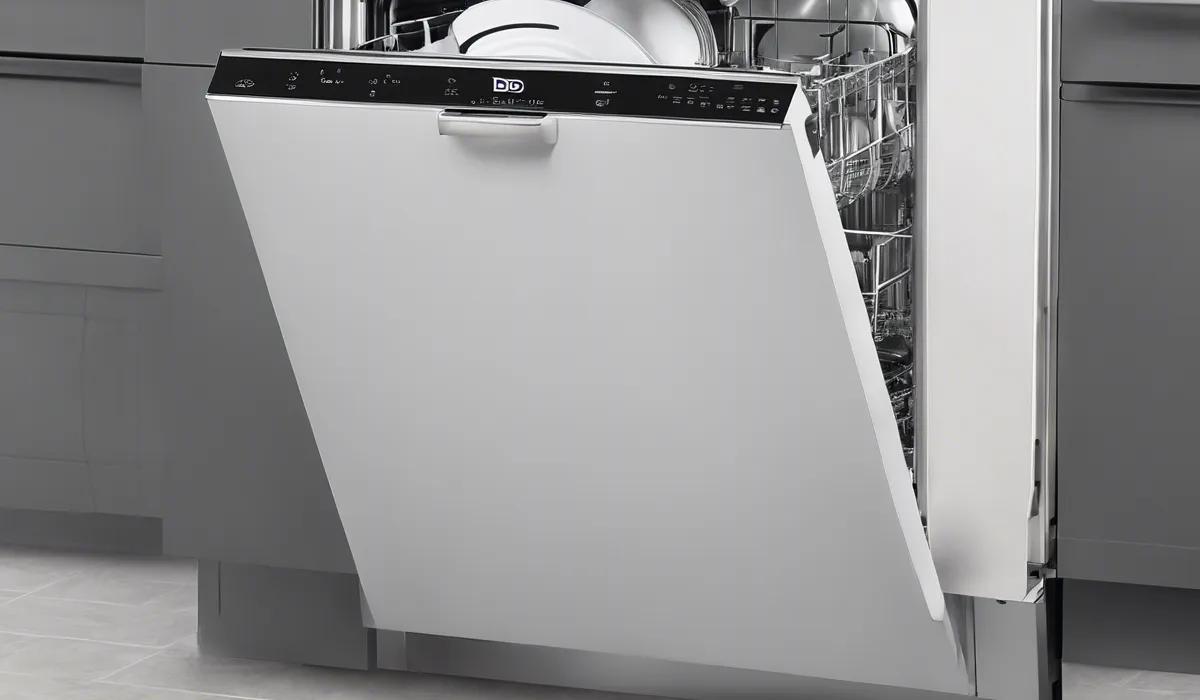
Definition of an Air Gap
An air gap is a small, but critical device often found in dishwasher plumbing.
It is a physical separation between the end of the dishwasher drain hose and the drain system the hose feeds into, usually your kitchen sink drain or garbage disposal.
This gap is typically designed to be two times the diameter of the drain line, but not less than 1 inch.
Purpose of an Air Gap in Dishwasher Installations
The primary purpose of an air gap is to prevent contaminated water from the sink or garbage disposal from siphoning back into the dishwasher, which could be a source of clean water.
This could occur if there is a sudden change in water pressure or a clog in the drain system.
How an Air Gap Prevents Backflow and Contamination
By maintaining a physical air space between the dishwasher and the drain system, the air gap stops dirty water from moving backwards through the hose due to backpressure or back-siphonage.
The space filled with air does not allow water or contaminants to bridge the gap, thus ensuring the water in your dishwasher remains uncontaminated.
Plumbing Codes and Regulations Concerning Air Gaps
Plumbing codes in many regions require the use of air gaps. These codes are set to ensure that water systems in homes remain sanitary and safe for use.
Failure to comply with these standards can lead to both health risks and potential legal consequences.
The Role of Air Gaps in Maintaining Sanitary Conditions
Air gaps play an essential part in maintaining sanitary conditions in your kitchen. They keep waste water from contaminating dishes and kitchenware, contributing to a cleaner and safer home environment.
Alternatives to Traditional Air Gaps
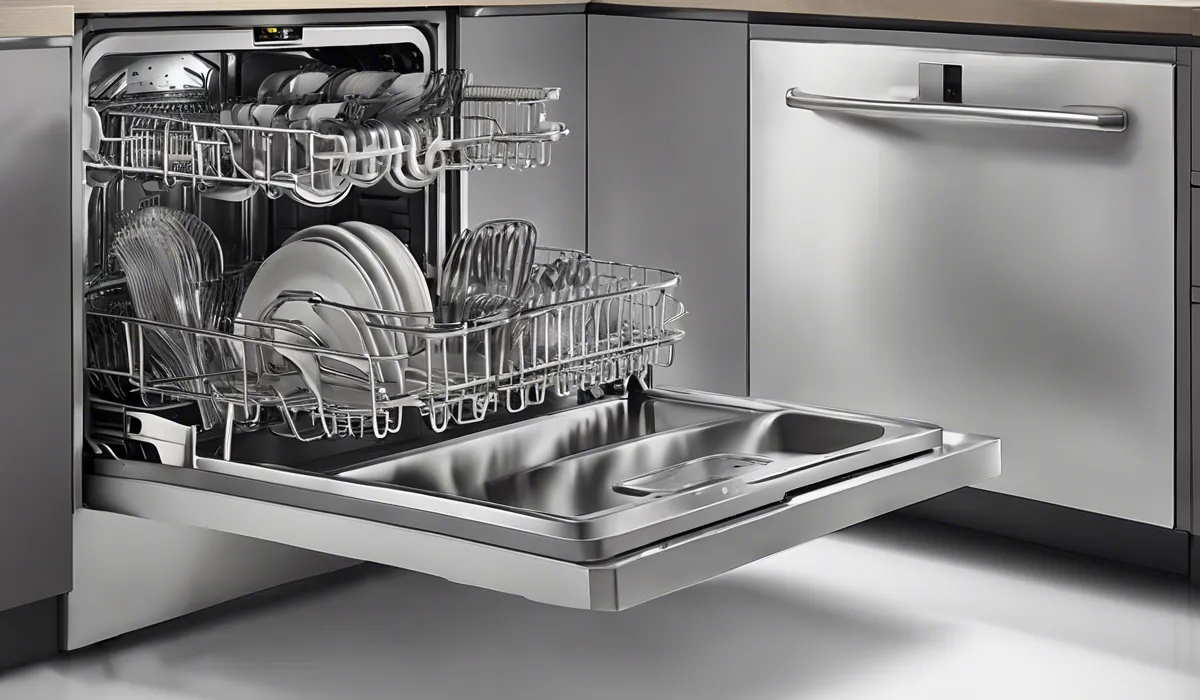
High Loop Method: Explanation and Comparison to Air Gaps
The high loop method is an alternative to traditional air gaps where the dishwasher hose is looped at a height greater than the sink’s flood level before connecting to the drain system.
This method is often used as a simpler, less visible option compared to an external air gap device, but it may not be accepted by all plumbing codes.
Check Valves and Backflow Preventers
Check valves and backflow preventers are mechanical devices that allow water to flow in only one direction.
These can be installed in the dishwasher drain line and are sometimes used as an alternative to an air gap, although they may not provide the same level of protection against backflow.
State-Specific Regulations on Alternatives to Air Gaps
While some states may allow alternatives such as the high loop method or check valves, others strictly require an air gap. It’s important to check your local plumbing codes to understand what is permissible in your area.
Pros and Cons of Using Alternatives
Alternatives to air gaps can be less costly and more aesthetic, but they may not be as reliable in preventing backflow. It is crucial to weigh these benefits against the potential risks and ensure compliance with local regulations.
Installation and Maintenance of Dishwasher Air Gaps
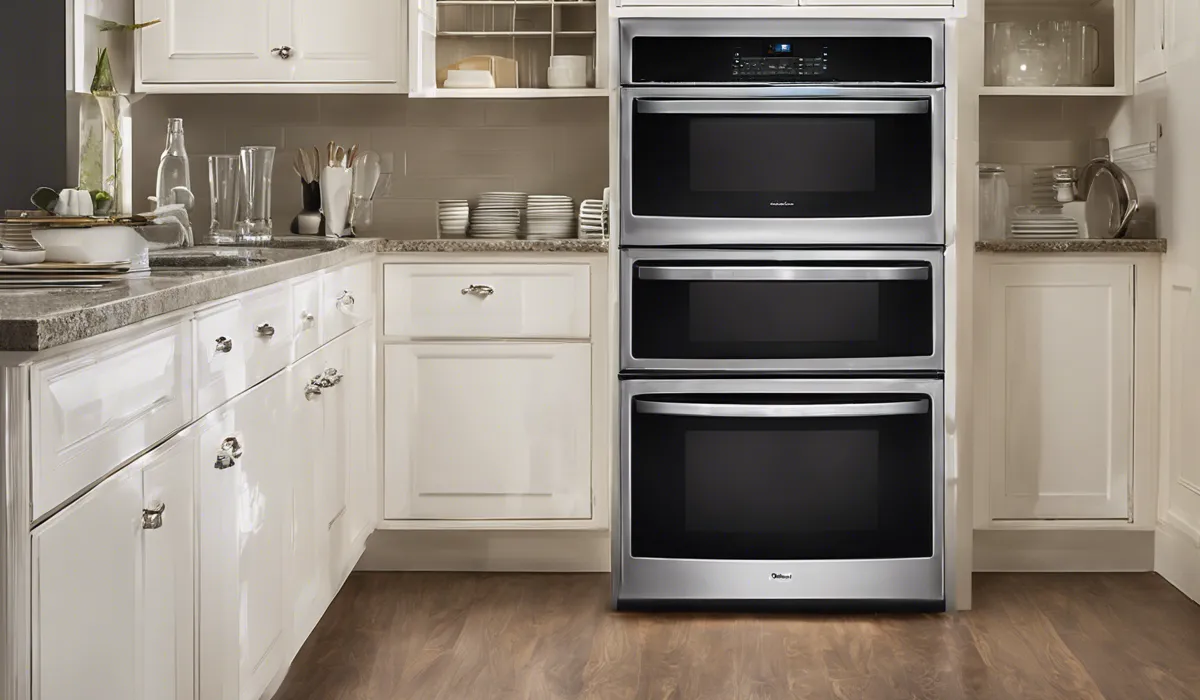
Step-by-Step Guide on Installing a Dishwasher Air Gap
Installing a dishwasher air gap involves drilling a hole in your sink or countertop, placing the air gap fitting, and connecting the dishwasher drain hose and the hose that runs to the drain system.
It’s a straightforward process that often requires just a few tools like a drill, a hole saw for the ceiling box, and screwdrivers.
Common Issues with Air Gaps and Troubleshooting Tips
Over time, air gaps may become clogged with debris which can lead to water leakage or backflow. Troubleshooting may involve cleaning out the air gap or checking for kinks or clogs in the hoses connected to it.
How to Clean and Maintain an Air Gap
Cleaning an air gap is essential for its proper function. This typically involves removing the cap and clearing any debris inside. Regular maintenance helps prevent problems and extends the life of the air gap.
Signs That Your Dishwasher Air Gap Isn’t Functioning Properly
Signs that an air gap is not functioning properly include water spilling out of the air gap vent, unpleasant odors, or water not draining properly from the dishwasher.
If you notice these signs, it’s important to address the issue promptly to prevent water damage or contamination.
FAQs About Dishwasher Air Gaps
Do all dishwashers need an air gap?
Not all dishwashers require an air gap; it depends on local plumbing codes. Alternatives like a high-loop installation may be permissible where air gaps are not explicitly mandated.
What is the purpose of an air gap in dishwasher installation?
The purpose of an air gap is to prevent contaminated water from siphoning back into the dishwasher or clean water supply.
Is an air gap a mandatory component in dishwasher installation?
An air gap is a mandatory component in many plumbing codes, but it may not be required everywhere. Check your local regulations.
Can a high-loop be used as an alternative to an air gap for my dishwasher?
Yes, a high-loop installation is often used as an alternative to an air gap and may be acceptable in areas where air gaps are not required by code.
How do I know if my dishwasher installation requires an air gap?
To determine if your dishwasher requires an air gap, you should consult your local building and plumbing codes or a professional plumber.
Final Thoughts
Air gaps are essential for dishwashers to prevent the backflow of dirty water into the clean water supply, a crucial aspect of many plumbing codes.
While air gaps are commonly required, alternatives such as high-loop installations might be permissible in regions where air gaps are not strictly enforced, ensuring the same preventive outcome.


